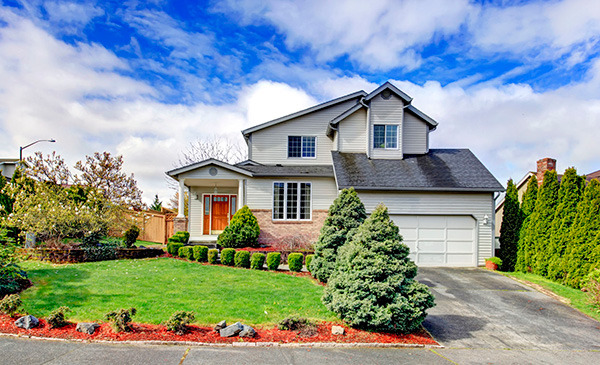Understanding the Basic Interest Rates Difference Between Fixed and Variable
 Home loans are available in an assortment of lending packages, but the big difference that consumers need to pay attention to at a minimum is how the interest charge is calculated. Interest is the margin that represents the profit and risk offset for a lender financing a consumer’s home purchase.
Home loans are available in an assortment of lending packages, but the big difference that consumers need to pay attention to at a minimum is how the interest charge is calculated. Interest is the margin that represents the profit and risk offset for a lender financing a consumer’s home purchase.
With loans lasting over 30 to 40 years now, the amount of money that can be made can be two or three times the purchase value of the home involved. So it’s calculation method is important for the borrower.
A Fixed Rate
A fixed rated is one where the home loan interest rate does not change. So, if a person takes out a 30-year home loan with an interest rate of 5 percent, that interest rate charge per year will not change at any time during the 30 years of repayment. It provides stability for financial planning, especially for buyers who just want to pay the same payment monthly and not fuss about anything else.
A Variable Rate
A variable interest rate is one in which the interest on a home loan can change over time. The most frequent set up involves an introductory rate period where the interest rate on a 30 year loan is attractively low for the first one, three or five years. Then, if the loan is still in place, the interest rate may adjust up or down and starts to track an index, usually based on a stock or bond market. Then a “margin” is added to the index to determine the current mortgage interest rate.
The risk is whether that newly adjusted interest rate is higher than what was available previously as a fixed interest rate. The variable rate may work very well for those who only want to hold a home for a short period and then sell it for a profit. It can become a problem, however, if the loan is held longer than the change period when the variability kicks in with a market index.
Pros And Cons
The major advantage of a fixed loan is that is very straightforward, simple and can be refinanced years later if the market starts to offer much lower rates. That protects a consumer from fluctuating costs, especially when running a household on a set budget. However, the same formula is often more expensive in the first few years, especially if the home will only be owned for a few years.
The big advantage of the variable interest rate loan is realized by investors or those who only plan to stay in their home or home loan for a short period of time. Investors who think the real estate market will go up can make big profits with far less carrying costs in interest since variable rate loans often have a low introductory period. However, if they guess wrong or are forced to keep the loan longer than planned, the buyer could get stuck with a more expensive, fluctuating monthly loan payment.
Which one works best often depends on the buyer and his specific interests in a home purchase. Talk to your trusted mortgage professional today about interest rates to help you determine which option is best for you.

 According to the 2017 Home Buyer and Seller Generational Trends Report, Millennials bought 34% of the homes sold; the largest of any generation last year.
According to the 2017 Home Buyer and Seller Generational Trends Report, Millennials bought 34% of the homes sold; the largest of any generation last year.  Many first time home buyers often wonder what factors determine their mortgage rate. Is it their credit score? Is it the type of loan chosen? Is it the size of the loan?
Many first time home buyers often wonder what factors determine their mortgage rate. Is it their credit score? Is it the type of loan chosen? Is it the size of the loan? Last week’s economic reports included readings from Case-Shiller Home Price Indices, new and existing home sales and weekly readings on mortgage rates and first-time jobless claims.
Last week’s economic reports included readings from Case-Shiller Home Price Indices, new and existing home sales and weekly readings on mortgage rates and first-time jobless claims. Spring is many people’s favorite season of the year. Obviously, there are many valid reasons why this is so. One of the best things about spring is that it is an ideal time to sell your home.
Spring is many people’s favorite season of the year. Obviously, there are many valid reasons why this is so. One of the best things about spring is that it is an ideal time to sell your home.